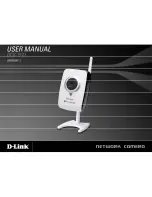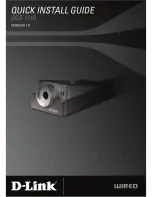
V1.02
Thom Hogan’s Complete Guide to the Nikon D300
Page 620
• The overall range is quite limited.
Assuming that you have
fast enough apertures, Nikon’s stated numbers give you
maximum range of 3’3” to 24’6” (1 – 7.5m). If you shoot
in Program exposure mode, that range is restricted further
(red numbers in table aren’t reachable). And on most
Nikkor lenses, you can’t set the smallest apertures (blue
numbers in table).
To use that f/1.4 or even f/2.8 lens
with internal flash and maximize your range, you have to
get out of Program exposure mode.
•
The aperture you use determines what range you’ll have
.
If you set f/4 at ISO 200, for example, you cannot get even
close to the maximum range the flash is capable of.
If you
want to guarantee maximum range at f/4, you’ll need to
be at ISO 1600 or higher. At f/2.8 you can use ISO 800
and up.
• There’s a minimum flash distance, regardless of aperture.
As with all Nikon bodies and flashes, shooting at distances
shorter than 2’ (0.6m) shouldn’t normally be done, as the
camera won’t always calculate flash exposure correctly.
Moreover, with the internal flash, there’s an issue of
whether the flash is pointed correctly for close up work.
At longer distances, some lenses and lens hoods interfere
with the internal flash. A few of these are listed in the
D300 manual, but that list is by no means comprehensive.
If you’re interested in whether a combination will work or
not, take a picture of a plain white wall in an otherwise
dark room and examine the results to see if any shadow
pattern appears (usually a crescent shadow at the bottom
if the lens is blocking the light).
The minimum distance
you can use flash at is usually determined by whether
your lens blocks the light from the flash.
The internal flash can be used in TTL modes, Repeating flash,
or Manual flash mode (see “Custom Setting #E3, Flash Mode
for Internal Flash” on page <563> for details on how to set the
mode). It can also be used to provide wireless control of i-TTL
flashes (see “Wireless Flash” on page <627>).
















































